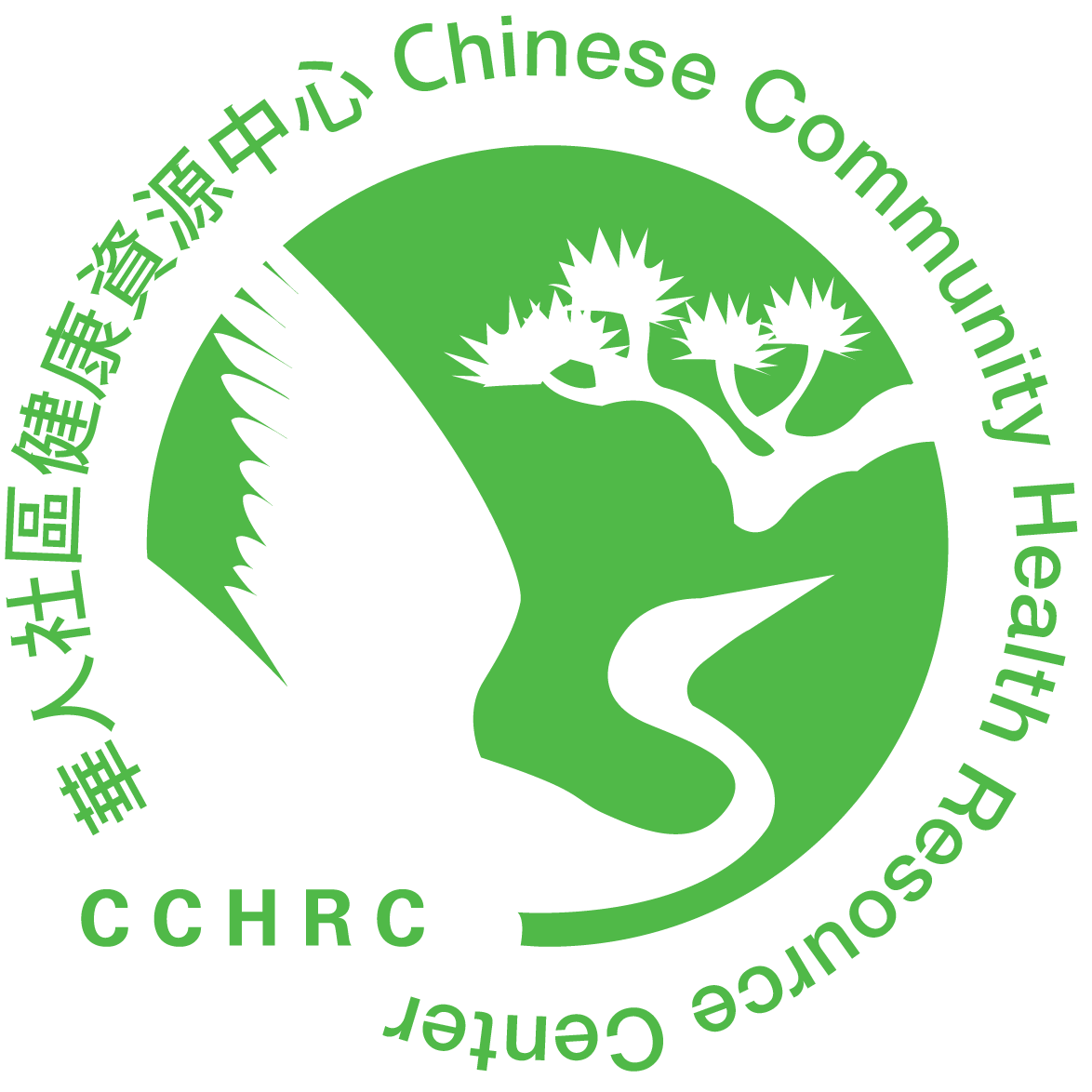Cholesterol is a soft, waxy, fat-like substance found in the blood. It is also part of every cell in the body. Cholesterol is used to form different hormones and other necessary substances. Your liver produces most of the cholesterol that you need and the rest comes from the foods that you eat. Only animal products contain cholesterol, e.g. meat, organ meats, poultry, seafood, dairy products (except fat free milk), and egg yolk. Foods of plant origin have no cholesterol but may contain fat e.g. nuts and seeds. Keep in mind that cholesterol is not the same as fat.
Too much cholesterol in the blood stream can clog up the arteries that supply blood to the heart muscle and lead to a heart attack. A desirable total cholesterol level should be below 200 mg/dl. Values between 201-239 are considered borderline-high and over 240 are considered high.
Your body transports fat and cholesterol in protein packages known as LIPOPROTEINS. LDL and HDL are two types of lipoproteins found in the blood. LDL is known as the “bad” cholesterol because it is responsible for depositing cholesterol in the arteries and HDL is known as the “good” cholesterol because it removes the deposited cholesterol back to the liver for disposal. To lower your “bad” cholesterol, follow a low saturated fat, low trans fat diet. To raise your “good” cholesterol (HDL), exercise regularly, stop smoking, and lose weight if overweight. A desirable LDL cholesterol level is below 100 mg/dl and a desirable HDL cholesterol level is above 40 mg/dl. Persons with diabetes or heart disease should keep their LDL levels below 70 mg/dl.
Fat, especially saturated fat (butter, lard, chicken fat, coconut oil, and palm oil) and trans fat (hydrogenated vegetable oils) both raise blood cholesterol. The first step in lowering blood cholesterol level should always be a change in your diet. Here are some suggestions:
- Choose lean meat, chicken breast, and most seafood. Include fish 2 times a week.
- Limit daily fat intake of meat, poultry, and seafood to 6 oz. Remove skin and all visible fats.
- Choose fat free or 1% low fat dairy products.
- Eat less high saturated fat foods, e.g. sausage, roast pork, roast duck, pig’s feet, chicken feet, chicken wings, fried foods, and pastries.
- Choose vegetable oil such as canola, olive, and safflower oil but limit the amount used (even though vegetable oil is cholesterol-free, it is 100% fat!)
- Use low fat cooking methods, e.g. steaming, boiling, baking, and braising.
- Eat more high fiber foods, e.g. oatmeal, whole wheat bread, brown rice, fruits, vegetables, and dried beans.
If you do not know what your cholesterol level is, discuss this with your doctor on your next visit. Remember, keeping your cholesterol level under control lowers your chance of developing heart disease.
Copyright @ 1991-2020 Chinese Community Health Resource Center
If you would like a copy of this health article, please click on the PDF button in the language you prefer. To view the PDF document, you’ll need Adobe Acrobat, which you can download here.
Bilingual:




